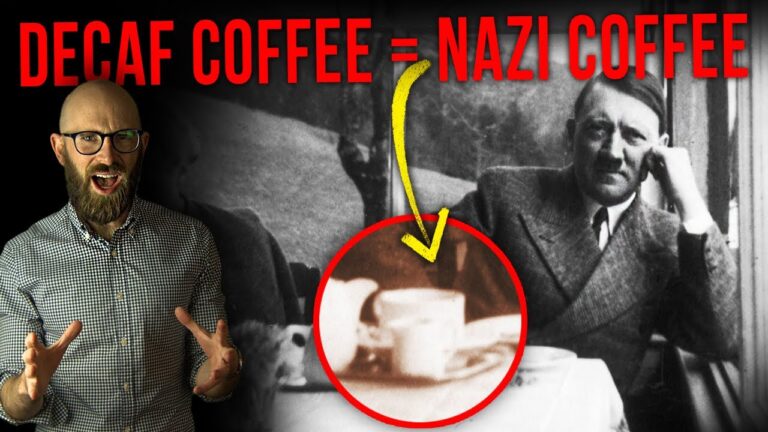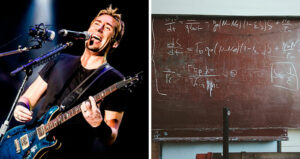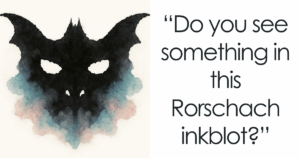“Unveiling the Secrets: How Your Favorite Drinks Lose Their Kick Without Losing Flavor!”
Low and non-alcoholic wines and beers, on the other hand, have a much longer history – if only because these beverages are significantly older than coffee and tea. In the Middle Ages, brewers commonly produced small beer containing only 2-3% alcohol by volume, which was drunk by absolutely everyone – including children. Regular drinking water was often contaminated with bacteria and parasites, which were killed off by the boiling and fermentation processes used in brewing.
De-alcoholized wine and beer, however, are more recent developments. Seeking to prevent inebriation among his parishioners, in 1869, American Methodist minister and teetotaler Thomas Bramwell Welch invented a flash-pasteurization process to prevent grape juice from fermenting. The resulting product, dubbed “Dr. Welch’s Unfermented Wine”, was marketed to churches as a non-alcoholic substitute for communion wine. The company Welch founded and which bears his name still exists today, and is best known for its line of grape and other fruit juices, jams, and snacks. Four decades later in 1908, the vineyard of Maria Jung in Rüdesheim am Rhein, Germany, experienced an unexpected slump in sales. Upon contacting her usual clients, Jung discovered that they were increasingly choosing to abstain from alcohol for health reasons. After pondering the problem, Jung came up with an innovative solution: why not use the distillery the family also owned to boil off the alcohol, producing non-alcoholic wine? Her son Carl – no relation to the famous psychoanalyst – soon developed a vacuum distillation process that better preserved the original flavour of the wine, and a German tradition of non-alcoholic wine was born.










